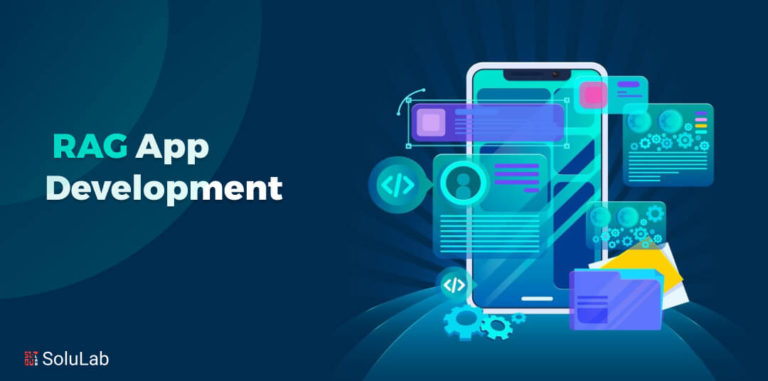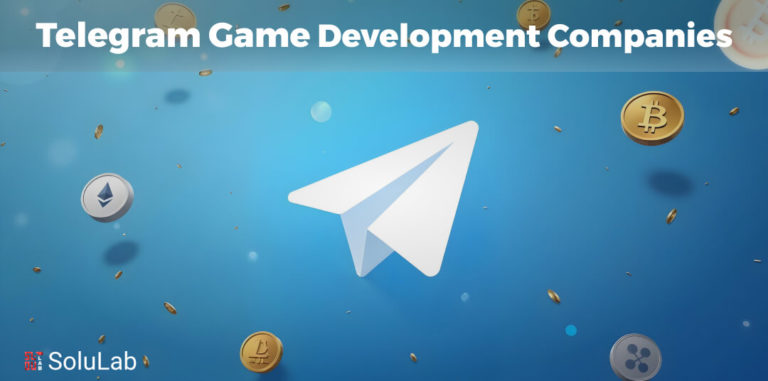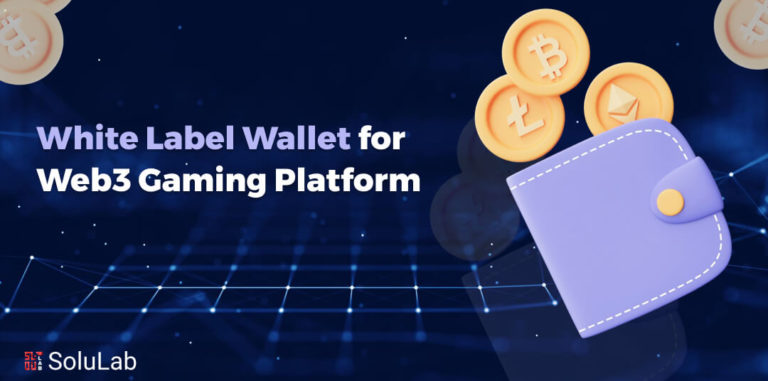We all use telecommunications in order to communicate with various information and data with different people on a daily basis. It may be a family communication or personal communication with a loved one or a professional communication. Either way, telecommunications have become a part of our everyday life. This telecommunication is possible via the use of Subscriber identity module (SIM) which is provided by the respective telecommunication providers. But, what if I tell you that in the future, you might not need a SIM card to telecommunicate? Intriguing is it not? Yes, this might be possible with blockchain decentralized telecom service.
Blockchain Replacing Sim Card
Traditionally, every subscriber identity module stores data securely through international mobile subscriber identity (IMSI). This international mobile subscriber identity is used to identify a mobile device via the unique subscriber identity module given for each device. This international subscriber identity is in turn used to authenticate and verify subscriber in return.

The whole process accomplished here is identification and authentication. This led to the question why cannot a software do the same identification and authentication? It’s a valid question, we could tell. This has led blockchain to take a step into the telecommunications industry as well, trying to replace the sim card.
Blockchain And Telecommunication As A Combination
Today, telecommunication industry are moving towards a digital trend to attract a larger customer base. Because, every company is able to reach more customers through the digital market than the traditional way of reaching customers in person.

Disruption of Telecommunication By Google
One of the modern examples is the development of eSIM technology by Google that might innovatively disrupt the telecom industry. Traditionally, subscriber identity modules were used to identify cellular networks which provided details of the user such as name, phone number, service provider, etc. SIM card were considered to be an upgrade for a mobile device, as users can plug in any device and remove as they wish and use the telecommunication service.
Because of this reason, switching tele operators are not easy. Users have to approach customer care, or a tele operation retail store and manually give details and documents to get a SIM. With blockchain, all this brick and mortar system can be eliminated. Unlike the traditional ledger system, blockchain uses distributed ledgers and know your customer (KYC) protocol. With the help of KYC teleoperators can easily and quickly identify and authenticate users for any required process. This comes in real handy for teleoperators to avoid any central authority and save, access information and data anytime, anyplace.
Creation of New Markets By Incorporating Blockchain in eSIM
eSIM is similar to a normal traditional SIM but the only difference is, it stores information digitally instead of storing information and data as a physical storage in servers or a chip. Using eSIM, customers and users will have the ability to choose any teleoperator they like and choose any data package they prefer with a simple Wi-Fi access. This saves a lot of time, cost and effort for both the user as well as the teleoperator.
Now imagine this same service to work alongside blockchain. It creates more opportunities in reaching customers and breaks down many hurdles such as identity theft and security threats. Blockchain as we all know, is a decentralized platform that allows users to operate, transfer, transact data and information without any restriction or limitation. With a simple internet access, blockchain will help eSIM to reach more customers and also expands the customer market without border limitations.
How Will The Future Look With Blockchain And Telecommunication Combination
For example, eSIM uses a digital ledger system to store and access data digitally. With blockchain’s distributed ledger, eSIM can store data in a secure manner with high encryption where each user will have a unique key. Without the unique key, none can share or transfer any data. This enhances the security and privacy of the user. The same goes for teleoperators.
Incorporating blockchain helps teleoperators to store data in the form of blocks. These blocks are highly encrypted and no one can change or manipulate the data once stored. Since blockchain is decentralized, there is no single command or central authority. All necessary personnel within the blockchain network will have access to appropriate data and information. This enhances the transparency between peers.
Building Impenetrable Tele-network With Blockchain
Also, in order to change the data , need to change the complete network system. And, it not possible considering the fact that all tele operations have to be put on a hold. This is one of the reasons why blockchain will improve the security of telecommunications and with eSIM, the chances of security break is way too low.
With blockchain incorporated with eSIM or any teleoperator, users can choose to shift to any teleoperator since they are on a decentralized platform. There is no prior permission or queuing time to shift from one teleoperator to another. Users have a complete freedom of choosing a teleservice provider of their choice and preference.
Telecommunication Companies That Already Use Blockchain In Their Operations
QLink is a pioneer telecommunication company to use blockchain in their operations. This company has used blockchain to build their infrastructure to provide enhanced sharing of mobile data and strong peer to peer connection through Wi-Fi.
Dent Wireless is another telecommunication company that uses blockchain. It allows users to purchase mobile phones by making simple orders directly to the supplier from their own mobile phones. They also allow sending and receiving of data through blockchain and hence it is faster, secure and efficient.
Conclusion: we are not far from the day when blockchain will potentially replace sim cards
With blockchain, frictionless billing is possible. Frictionless billing means, teleoperators can charge users efficiently in such a way that users also get maximum benefit. Using frictionless billing, teleoperators can charge per kilobyte or by voice billing per second. Such billing methods, allow teleoperators to charge with more flexibility and users also get the flexibility of choosing appropriate data package and receiving maximum data usage benefit for the price paid.
Telecommunication companies have to upgrade and update their entire network system to operate with blockchain in order to provide all unrestricted and unlimited benefits. This would also levy a lot of cost on building infrastructure for telecommunication companies. Yet, as the potential blockchain opportunities are high; in the near future, we can soon expect blockchain to replace sim cards.




